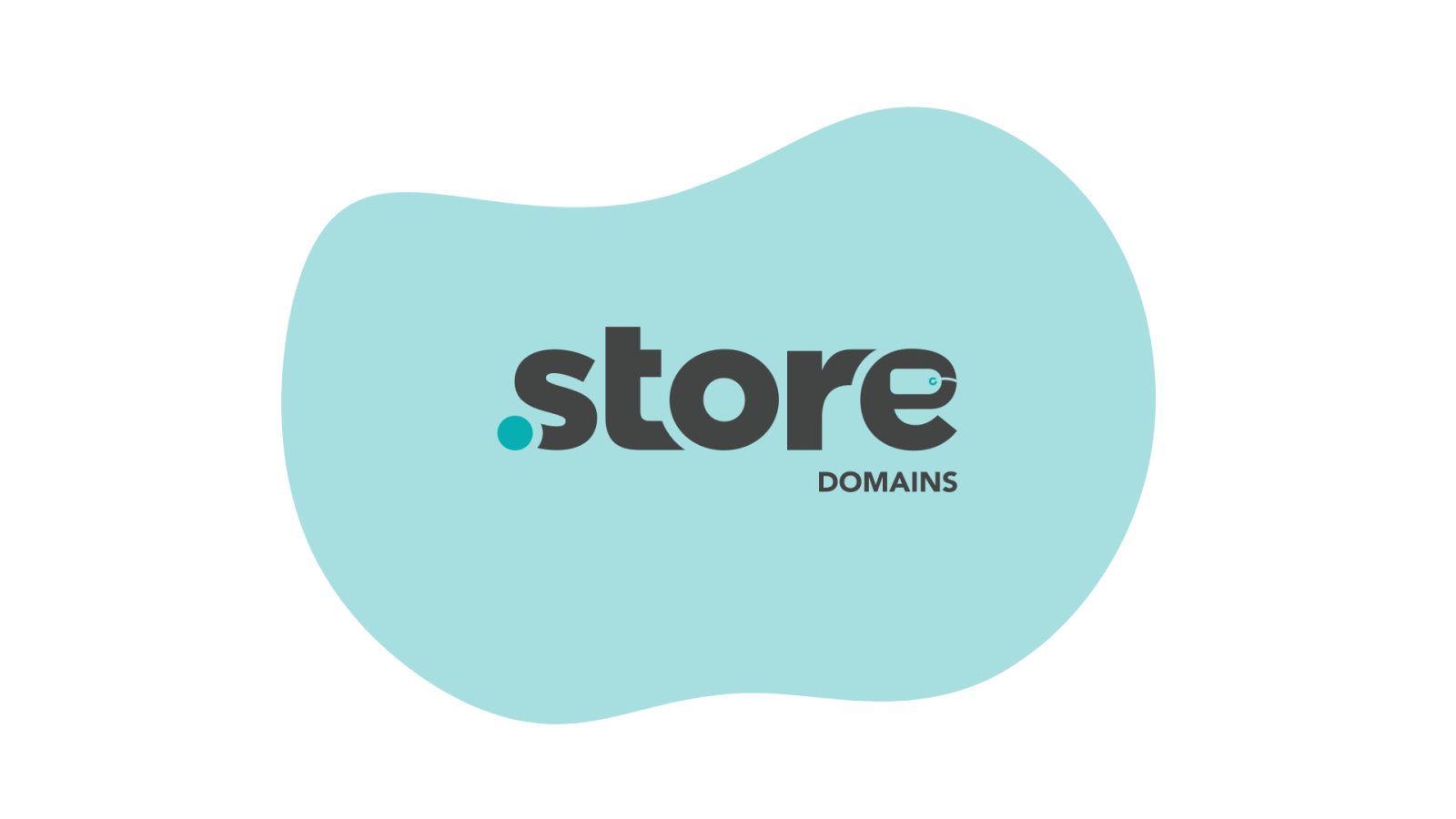Whether you run a Shopify store or sell via Amazon or eBay or you’ve built a custom eCommerce website from scratch, the question you need to ask yourself is ‘Are my eCommerce profits what they seem to be? Or is there more?’

No matter what the platform, the idea is the same. You buy a product for one price and sell it to a customer at a higher price. The difference between the two prices is a profit margin – what your business takes home at the end of the day.
Unfortunately, even experienced eCommerce gurus leave money on the table because they aren’t properly tracking their profit margins, revenue, and out-of-stock rates.
We’ve put together a step-by-step analysis to help you stay on top of your eCommerce profits by showing you how to use some of the internet’s best free tools.
Calculating Amazon Fees
Have you ever seen a $2 product offered on Amazon and wondered how the seller could make a profit?
Wonder no more, because it’s impossible. Whether the seller realized it or not, they are actually PAYING Amazon to get rid of their product.
Unfortunately, this problem is more common than you think; many sellers neglect to calculate Amazon fees correctly and end up losing enormous amounts of money.
There are 6 types of Amazon fees that apply to each unit of inventory sold:
- An Account fee of $1/item or a flat $39.99 month (with a professional seller account)
- A Referral fee of 6%-30% of sales price, depending on the category. The average is 15% and the minimum is $.30.
- A Fulfillment/Pick and Pack Fee which starts at $2.41 and increases based on the weight and dimensions of the product.
- An Outbound Shipping Fee which is the cost of sending your product to the Amazon warehouse
- Two types of Storage Fees which are administered on a short-term (monthly) and a long-term (annual) basis
- A Closing Fee of $1.80, which only applies to media products
If you question whether a few cents here and there is a big deal, consider this scenario.
John found the perfect wholesale product for Amazon: Bags of baking soda. He found a supplier who would give them to him for $.20 per unit.
He had never sold on Amazon before, but when he saw the product was selling for $3.24, he thought there had to be some profit margin (even if it was small). He quickly did the math in his head:
8% referral fee= .$25
Fulfillment fee = $2.41
It wasn’t much, but based on his knowledge he thought he could make close to $.40/unit profit. Being a new seller, he didn’t account for the weight of the item. He purchased a few cases and sent them to Amazon.
A week later, he checked his sales: The good news was all of his units solid in a single day. The bad news was he owed Amazon money. A lot of money! His account balance was negative.
In reality, his units had occurred the following fees:
8% referral fee= .$25
Fulfillment fee = $6.70
Shipping to Amazon = $2.60
Profit per unit: $-6.36
The moral of the story is twofold. First, know your fees down to the penny, or it can cost you dollars. Second, don’t try to do manual calculations.
Luckily, there’s an easy solution for both of these issues.
Online Amazon Fee Calculator
How much does it really cost to sell on Amazon FBA?
You don’t have to crunch numbers by hand every time you’re trying to calculate your eCommerce profits and revenue margins. Save time and money by using a tool like Profit Guru’s free FBA calculator to do the math for you.
Here’s a little rundown on how it works:
First, find the ASIN or Amazon Standard Identification Number of a product. This can be found at the bottom of an Amazon page under product details OR at the base of an item in the product search (if you’re using ProfitGuru)
Or
Go to the FBA Calculator and paste the ASIN into the search box.
The low price will automatically fill in based on the ASIN. This can be adjusted to whatever dollar amount you plan to sell the product at.
Manually fill in the Shipping to Amazon box – a good rule of thumb is $.50 per pound if you’re using UPS. In this case, the product is 5 pounds. Click “calculate” to see the net profit and ROI of the unit.
The third box will automatically populate with the number of sellers and FBA sellers, along with the item’s price and rank history.
The last box calculates allows you to scale profit and revenue based on selling multiple units.
Using an online calculator is the most efficient, mistake-proof way to make sure your Amazon FBA products have the profit margins you expect.
Calculating eBay Fees
eBay fees are straightforward but aren’t as flat as Amazon fees. Salecalc has one of the best free eBay fee calculators on the market. The concept is similar to ProfitGuru but is designed to account for any listing add-ons you want to pay for.
It also has the advantage of helping you calculate fees backward. Simply put how much you’d like to profit in the “desired amount’ field and the program will tell you what you should price your item at.
SalesCalc also provides a field for all eBay listing upgrades.
Calculating Shopify Fees
Shopify is a different beast. Liquify has one of the most advanced Shopify calculators available. Rather than a per-item fee, it calculates your overall monthly costs based on the number of items you sell.
Liquify allows you to toggle between different selling plans and payment gateways to find what is most profitable.
If you want to figure out your per-item fee, simply divide your total monthly cost by the number of items you plan to sell.
The Last Word
Would you ever determine how healthy you are by simply looking in the mirror? If not, why would you do the same for your online business?
There are some fees that no online calculator can help you with: cost of labor, time, refunds, etc. Any business using one-dimensional metrics to calculate eCommerce profits margins will eventually struggle to scale.
An empire can’t be built with hollow bricks, and an eCommerce store can’t run without real costs.
Use these calculators to figure your base costs, but remember to analyze every facet of your business to keep tabs on your overall business health.






